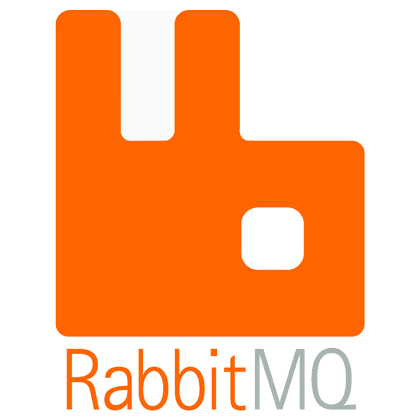If you've ever worked with distributed systems or microservices, chances are you've heard of RabbitMQ. It's a robust, open-source message broker that helps decouple services and handle communication between them asynchronously. But while RabbitMQ is incredibly powerful, installing and configuring it manually can be a chore. That’s where Docker steps in to save the day.
In this guide, we’ll show you how to quickly install RabbitMQ using Docker. Whether you're setting it up for local development, testing, or just learning, this method is fast, clean, and easy to follow.
Why Use Docker for RabbitMQ?
Running RabbitMQ in Docker offers a ton of advantages:
- Quick setup: Start RabbitMQ with a single command.
- No system clutter: Everything runs in an isolated container.
- Portability: Your RabbitMQ environment can move across machines.
- Flexibility: Easy to tear down and restart when needed.
Prerequisites
Before getting started, make sure Docker is installed and running on your machine. You can get Docker from:
https://www.docker.com/products/docker-desktop
Optionally, if you want to manage RabbitMQ with Docker Compose, install Docker Compose too.
Step-by-Step: Installing RabbitMQ Using Docker
Step 1: Pull the RabbitMQ Docker Image
RabbitMQ’s official Docker image is available on Docker Hub. Pull it using:
docker pull rabbitmq:management
Why
rabbitmq:management? This version includes a built-in web-based management UI, making it easier to monitor and interact with your queues.
Step 2: Run the RabbitMQ Container
Once the image is pulled, you can start the RabbitMQ container with:
docker run -d --name rabbitmq-container -p 5672:5672 -p 15672:15672 rabbitmq:management
Here’s a breakdown of the command:
-d: Runs the container in detached mode (in the background).--name rabbitmq-container: Names the container.-p 5672:5672: Exposes the main RabbitMQ port for messaging.-p 15672:15672: Exposes the web-based management console.rabbitmq:management: The image name with the management plugin.
Step 3: Access the Management Console
After the container is running, you can access RabbitMQ’s web UI by visiting:
http://localhost:15672
Log in with the default credentials:
- Username:
guest
- Password:
guest
From here, you can create queues, manage exchanges, and monitor system performance through a user-friendly interface.
Using Docker Compose for RabbitMQ
If you're planning to use RabbitMQ alongside other services (like a web server or backend API), Docker Compose makes managing multiple containers easier.
Create a file named
docker-compose.yml:
version: '3'
services:
rabbitmq:
image: rabbitmq:management
container_name: rabbitmq-container
ports:
- "5672:5672"
- "15672:15672"
Then run:
docker-compose up -d
This launches RabbitMQ with the management console enabled. You can stop it anytime with:
docker-compose down
Optional: Persisting RabbitMQ Data
By default, RabbitMQ stores data inside the container. When the container is removed, the data goes with it. To keep your data safe between runs, mount a volume:
docker run -d --name rabbitmq-container \
-p 5672:5672 -p 15672:15672 \
-v rabbitmq_data:/var/lib/rabbitmq \
rabbitmq:management
Docker will create a volume named
rabbitmq_data to store your queues, messages, and other persistent data.
Customizing RabbitMQ Settings
If you need more control over RabbitMQ's configuration, you can provide a custom config file. For example:
docker run -d --name rabbitmq-custom \
-p 5672:5672 -p 15672:15672 \
-v /path/to/custom.conf:/etc/rabbitmq/rabbitmq.conf \
rabbitmq:management
This allows you to tweak anything from queue limits to logging behavior.
Verifying RabbitMQ Is Working
To make sure RabbitMQ is running correctly:
- Open your terminal and run:
docker logs rabbitmq-container
This shows you the container’s output. Look for messages indicating that RabbitMQ has started successfully.
- Use the web console to check:
- Queues
- Connected clients
- Exchange routing
- Connect your app (or a tool like Postman or curl) to
localhost:5672 to begin publishing and consuming messages.







image quote pre code